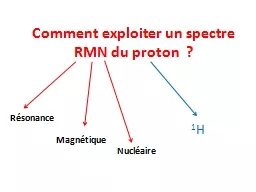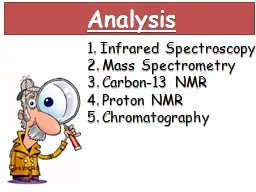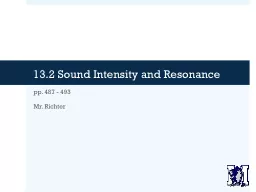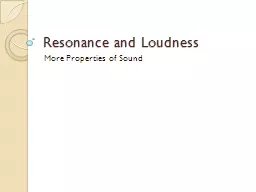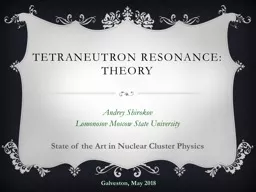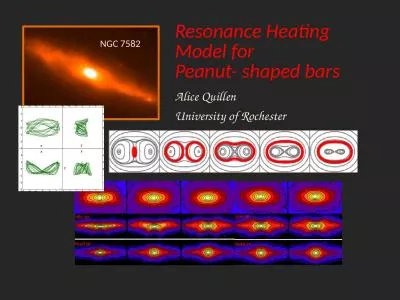PPT-Comment exploiter un spectre RMN du proton ? Résonance Magnétique
Author : pasty-toler | Published Date : 2019-11-03
Comment exploiter un spectre RMN du proton Résonance Magnétique Nucléaire 1 H Introduction du vocabulaire Spectre RMN de léthanol Référence TMS pic Courbe
Presentation Embed Code
Download Presentation
Download Presentation The PPT/PDF document "Comment exploiter un spectre RMN du prot..." is the property of its rightful owner. Permission is granted to download and print the materials on this website for personal, non-commercial use only, and to display it on your personal computer provided you do not modify the materials and that you retain all copyright notices contained in the materials. By downloading content from our website, you accept the terms of this agreement.
Comment exploiter un spectre RMN du proton ? Résonance Magnétique: Transcript
Download Rules Of Document
"Comment exploiter un spectre RMN du proton ? Résonance Magnétique"The content belongs to its owner. You may download and print it for personal use, without modification, and keep all copyright notices. By downloading, you agree to these terms.
Related Documents

